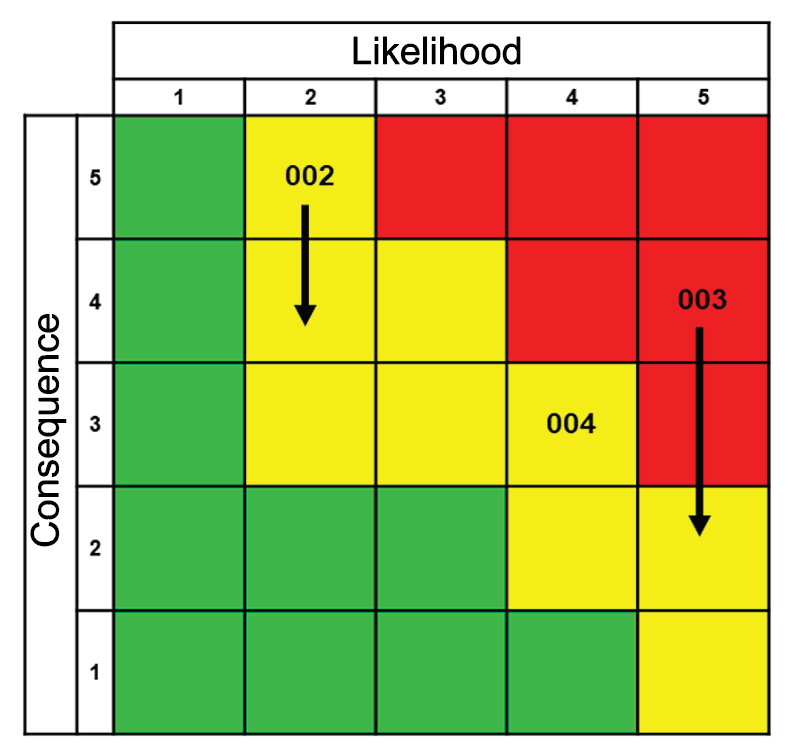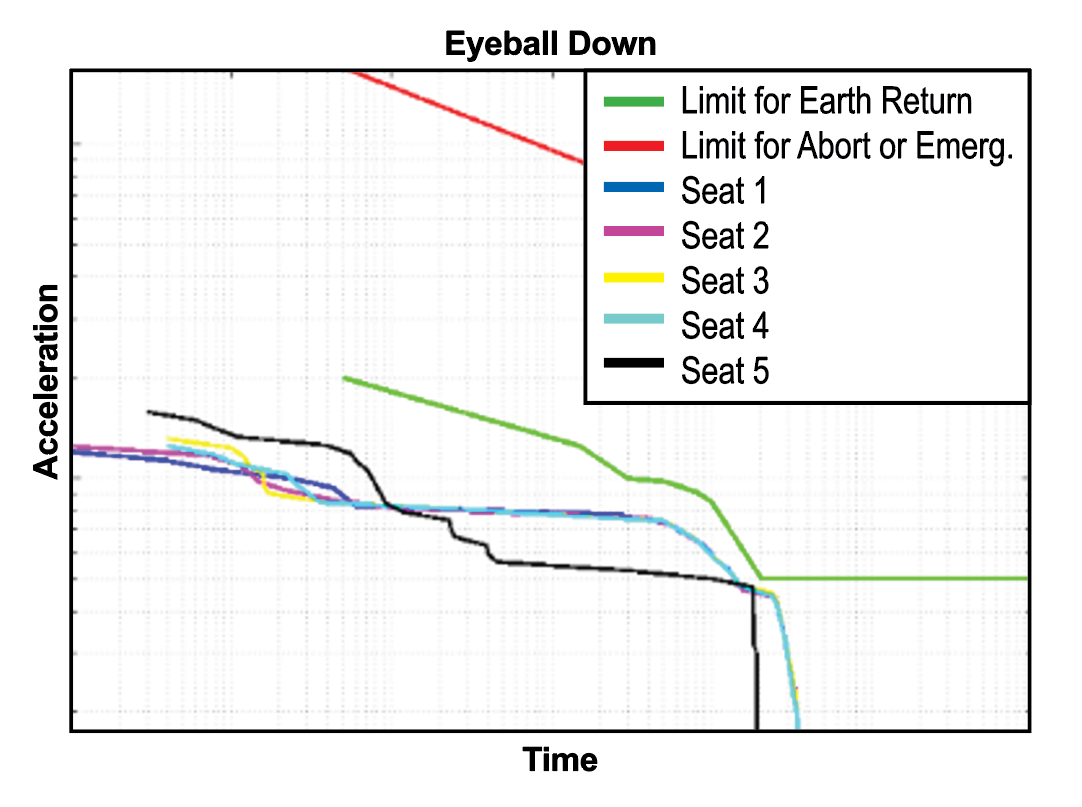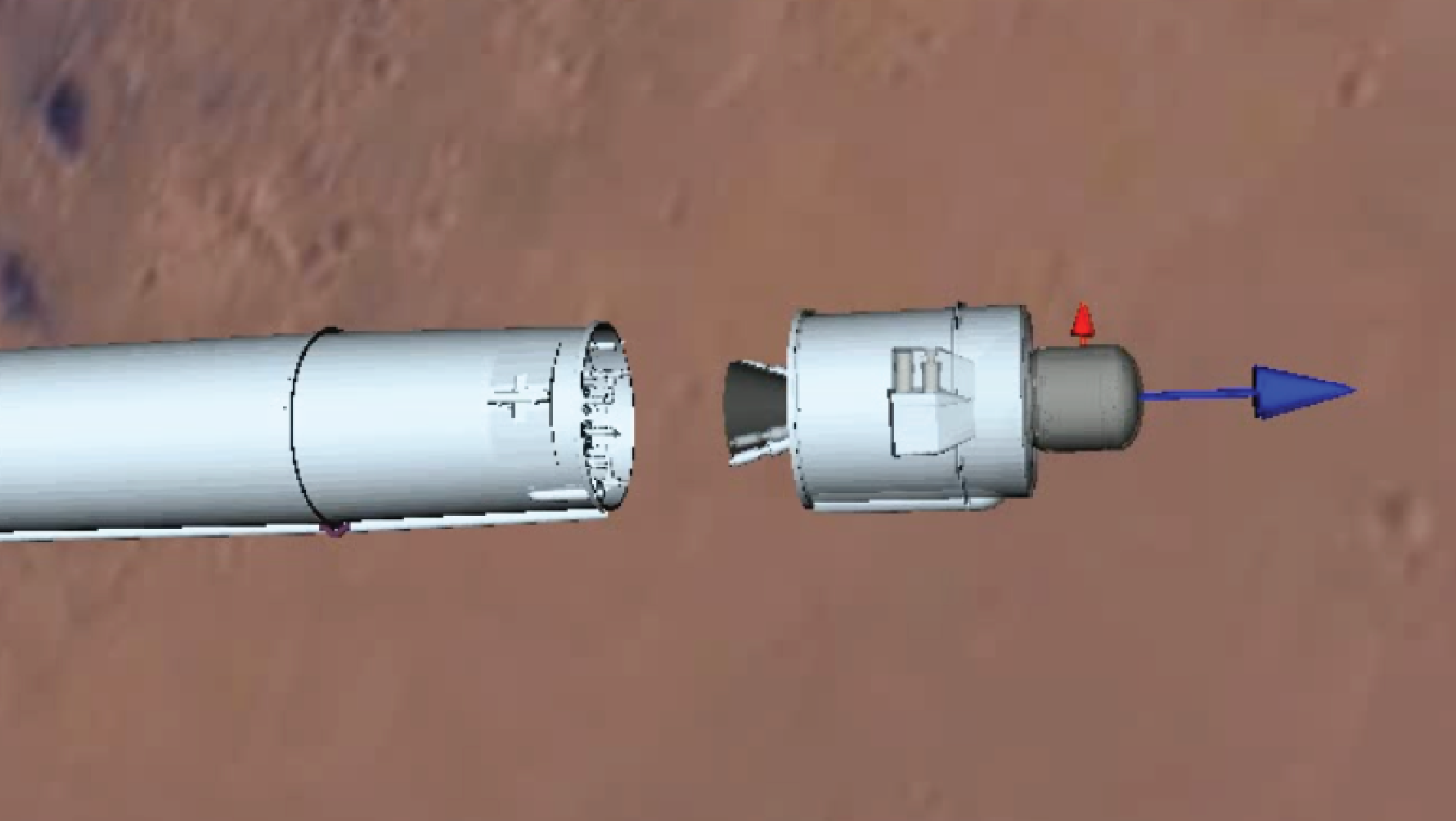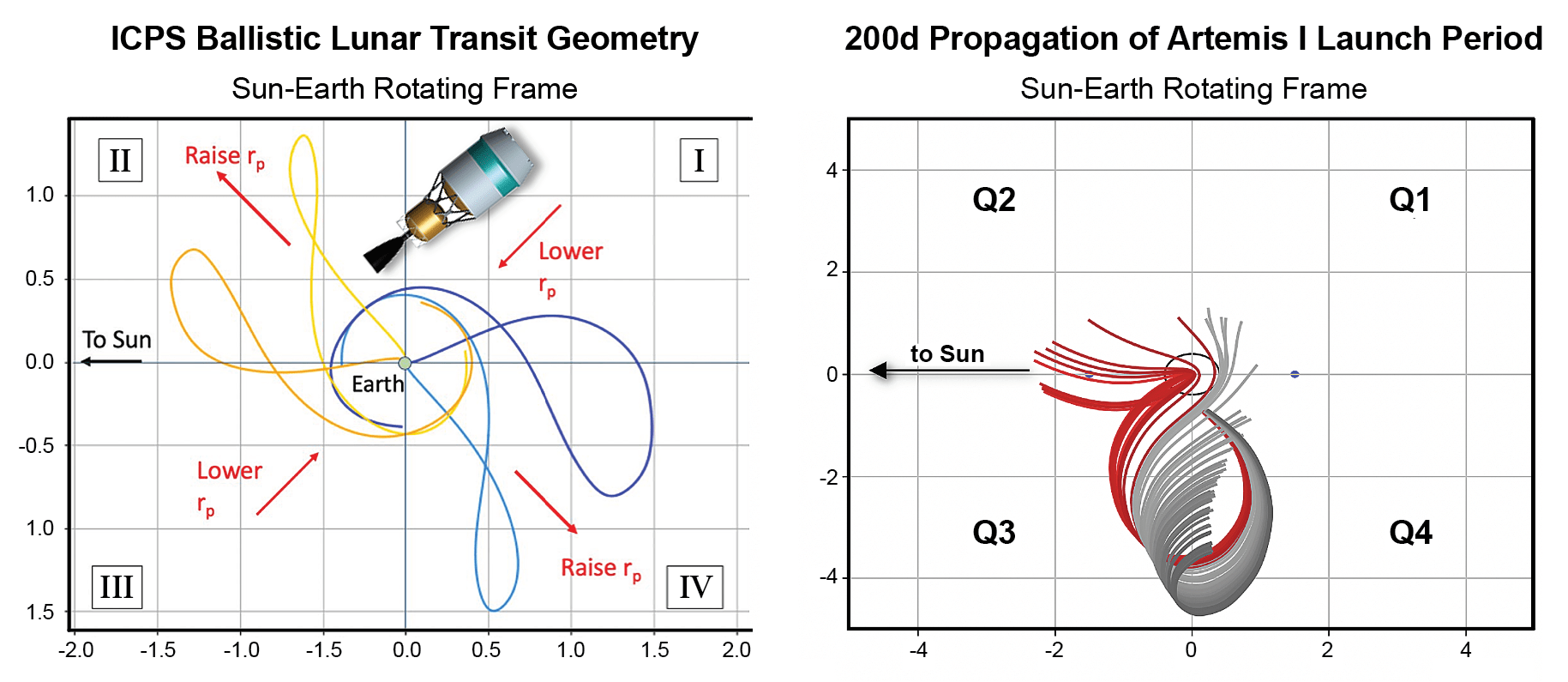This article is from the 2023 Technical Update.
The NESC Flight Mechanics Technical Discipline Team (TDT) provides support to all NASA Mission Directorates and throughout all mission phases. Highlights from this past year include three critical program support assessments, new discipline-advancing capabilities in simulation tools, and a preview of future efforts by the TDT to capture knowledge and expertise to pass on to the next generation.
Independent modeling and simulation (M&S) enables new insights into critical subsystem designs and offers opportunities for analyses to reduce risk acceptance for programs. Several ongoing assessments have contributed to improved flight certification processes and risk reduction. The Flight Mechanics TDT sponsored improvements to simulation tools that enabled new solutions to complex problems, and recent NESC Academy recordings captured the latest advancements in the discipline.


The TDT supported the Commercial Crew Program by independently modeling and simulating commercial providers’ trajectory designs and on-board deorbit, entry, descent, and landing software. This past year, the team assessed the return of additional crew on commercial capsules for contingency scenarios and used independent simulation analyses to confirm this capability poses no significant changes in splashdown conditions, thus ensuring additional options for returning crew safely if the primary return vehicle is disabled. Additionally, the NESC is providing key assessments for manual control using a “paper pilot” based on actual pilot responses. This study enabled manual control as a viable survival scenario if the flight computer fails during deorbit, entry, descent, and landing phases of flight. These efforts contributed to an independent verification and validation of commercial providers’ designs that supported certification of commercial flights to and from the ISS.
Standing up a new independent M&S effort in support of the Mars Ascent Vehicle, a critical element delivering Martian soil and atmosphere samples for eventual return to Earth, provides value and increases confidence in the design of this key element for the Mars Sample Return Campaign. The Flight Mechanics team is contributing unique methodologies for studying the challenging dynamics of this two-stage solid motor design where the second stage is unguided and spin-stabilized.

Independent M&S of key staging and separation events for the SLS has resulted in affirmation of the SLS trajectory and guidance, navigation and control design. Flight Mechanics TDT members contributed analyses to evaluate the heliocentric disposal of the Interim Cyrogenic Propulsion Stage (ICPS).

This past year, the TDT also completed an assessment that explored the interoperability between common mission analysis tools and enabled trajectory sharing between tools to solve more complex mission design problems (page 31). An NESC Technical Bulletin (page 47) and Innovative Technique (page 65) have been published on this topic.
NESC Academy recordings on trajectory optimization tools and frameworks, electric aircraft sizing methodologies, system optimization, and aerodynamic decelerator systems were important knowledge capture and transfer initiatives. These recordings are available to help train and educate engineers on the tools and processes NESC teams will use for future independent M&S efforts.
from NASA https://ift.tt/CFEDIou
